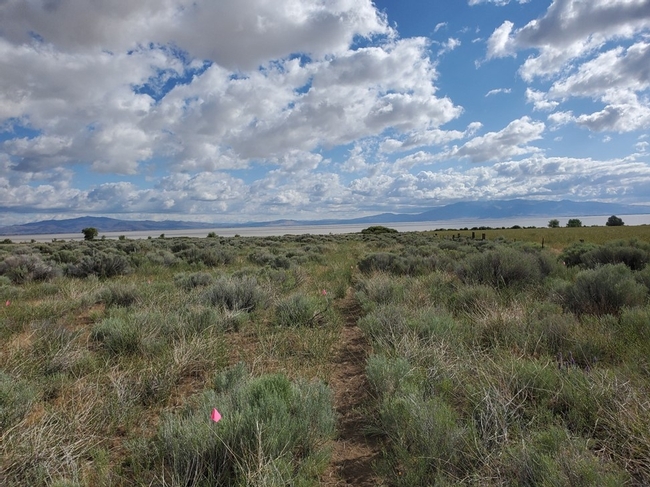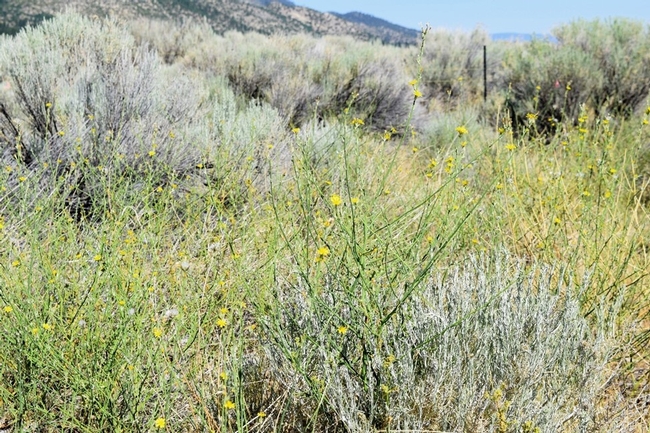From the Lassen county Farm Advisor's Update newsletter (Aug. 2020)
Highlighting Two Uncommon Noxious Weeds
Let's keep them uncommon!

I'll start with rush skeleton weed. It is relatively difficult to identify when it is young. The leaves and rosettes look fairly similar to a dandelions. As the growing season progresses, it sends up long spindly shoots as it bolts in early summer. After it bolts it looks quite a bit like chicory, but it is much more invasive. (Chicory has larger blue or white flowers.) Eventually it develops a yellow flower and seeds like a dandelion that can blow in the wind.
This plant is not widespread in California and is considered an A-list noxious weed on the old noxious weed list. The map from Cal Flora shows where is has been officially documented within the state. There have been sightings in Plumas county, a couple in Shasta, and there is an established population on the west shore of Honey Lake. I wouldn't be surprised if there are other populations around our region which do not show up on the map!
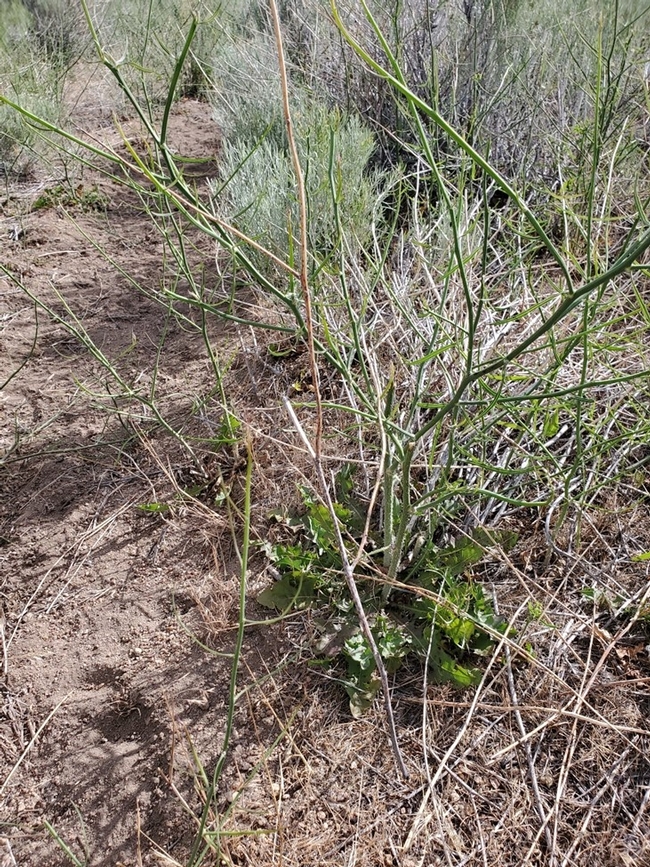

Skeleton weed has the potential to expand in the Intermountain region, overtaking rangeland and dryland pastures. In conversations I have had with weed scientist Tim Prather, skeleton weed has completely escaped control in his state of Idaho. It has established on over 3 million acres in the mountains of Idaho, and in many parts of eastern Washington. Skeleton weed is not just problematic here in the western US, but is also a problematic plant in dryland wheat production in Western Australia and parts of Argentina. Keep your eye out for it, so we can prevent it from overtaking our landscapes!

Skeleton weed is not desirable forage for livestock or wildlife, and grazing tends to promote skeleton weed over other species that are more desirable. Generally, mechanical control is not effective for established plants because of the deep root system. However, there are multiple biocontrol agents established in the state. A rust, a gall forming midge, and a gall forming mite can all help reduce spread, but not eliminate populations.
Like many deep-rooted perennial weeds, herbicides are often relied upon to control established skeleton weed patches. The best time to make applications is in the rosette stage. If you do find a population on your property, mark the area out now while you can find the plants and see the flowers. The next year, finding the rosette will be easier. Feel free to give me a call to discuss what control options might be best utilized for your situation.
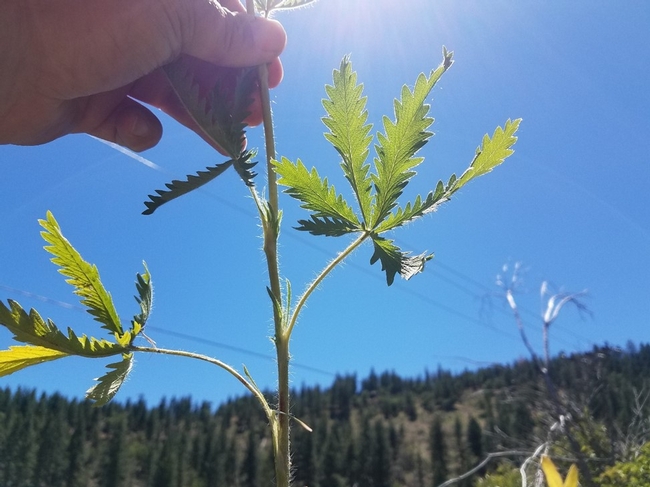
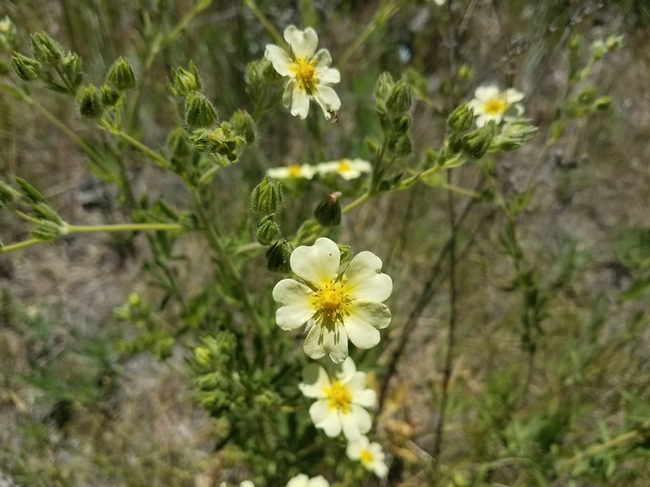
Previously, sulfur cinquefoil was considered an A-list noxious weed, but its status is under evaluation, as many noxious designations are. Regardless of the category it is listed under, it is still a noxious weed, and not one we want to let take over our landscapes. It has the ability to spread by seed, as well as by root, and established plants can live up to 20 years forming a woody crown.
One key characteristic of sulfur cinquefoil compared to other cinquefoils is the stiff hairs that stick straight out from the stem. Many other native cinquefoils have hairs that lay flat on the stem. This can be key to help identify the noxious weed before it goes to flower.
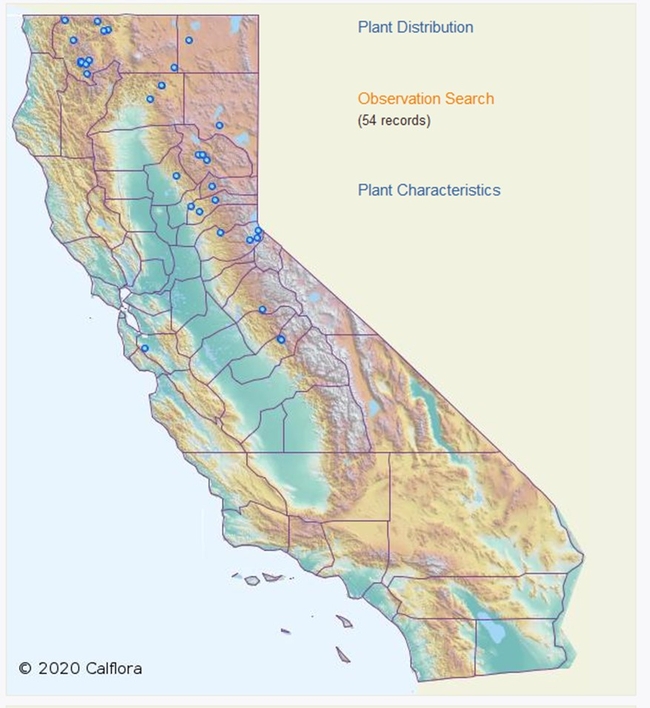
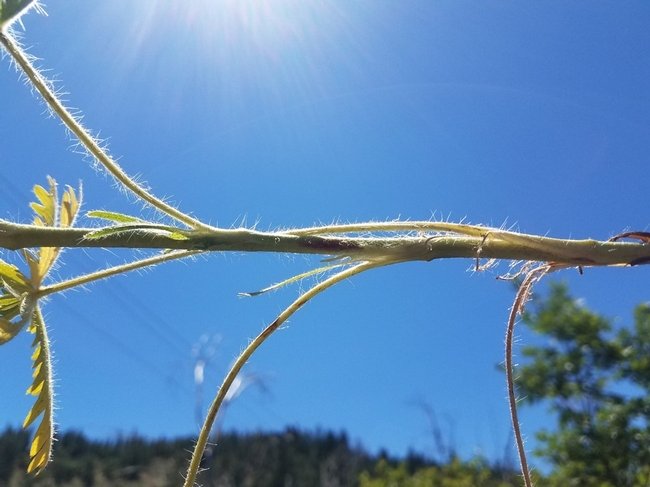
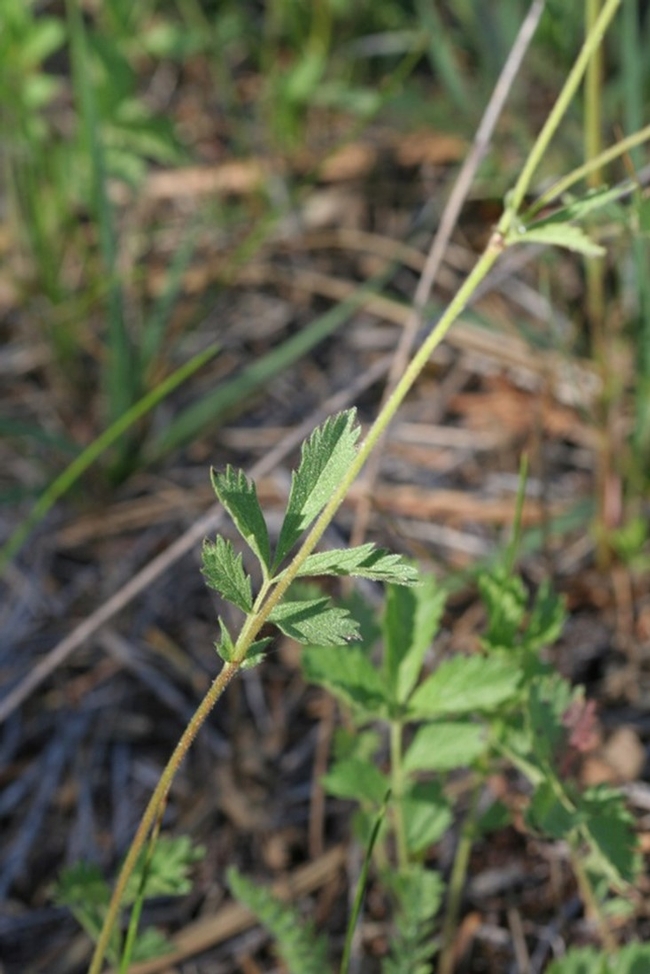
Controlling weeds while patches are small can pay large dividends on efforts needed in the future. If you suspect you may have either of these species, let's eliminate them before their populations really get started in our region.
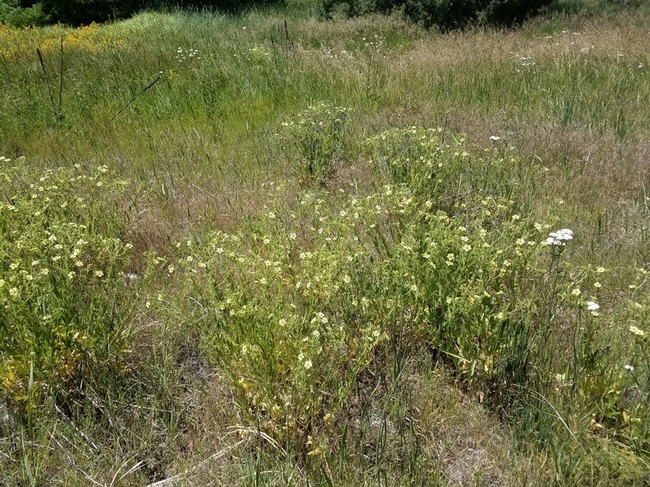
Original source: Lassen county Farm Advisor's Update newsletter (Aug. 2020)
